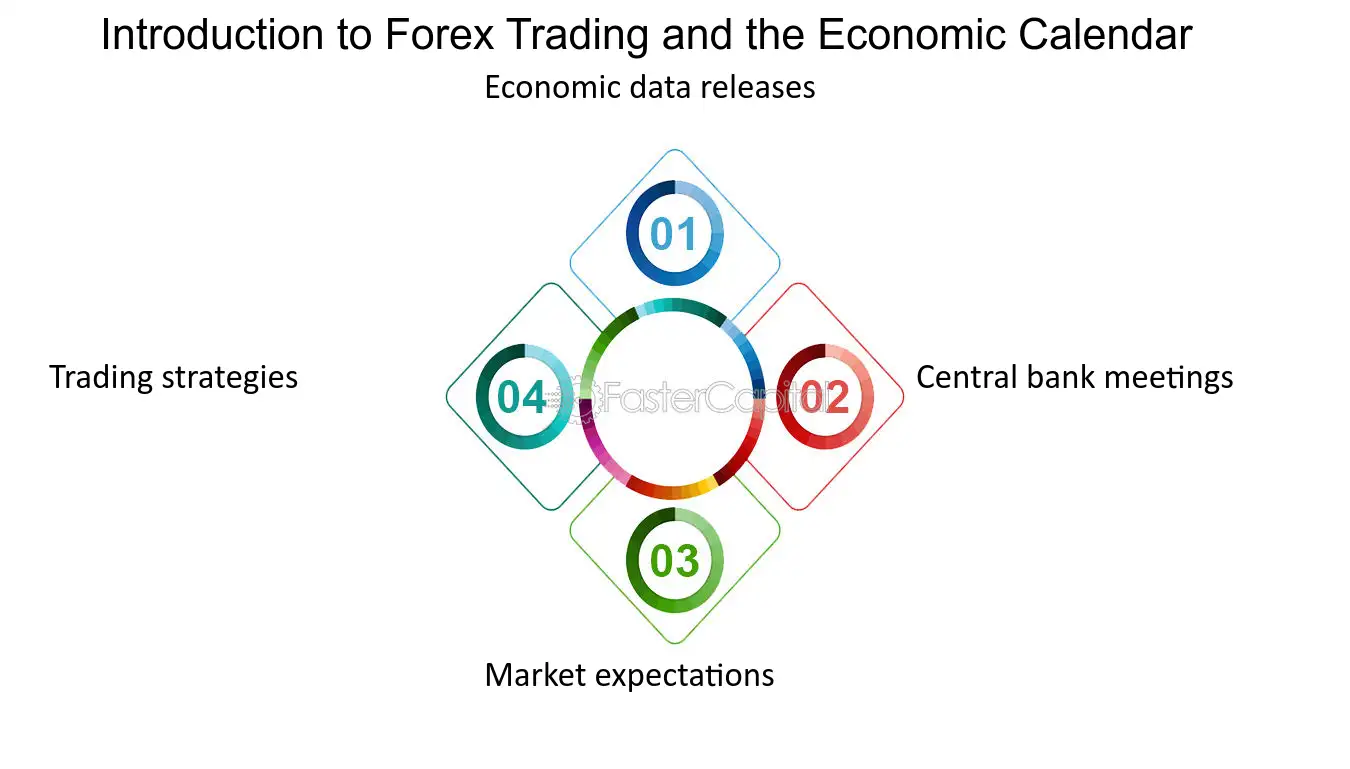Trading forex can feel like navigating a turbulent sea‚ but the economic calendar offers a lighthouse‚ guiding traders through the storms of market volatility. Understanding how to interpret and utilize the economic calendar is crucial for any forex trader aiming to make informed decisions and potentially profit from market movements. Many traders overlook the power of this tool‚ instead relying on technical analysis alone. This article will explore a unique approach to using the economic calendar to enhance your forex trading strategy‚ moving beyond simply reacting to headlines.
Decoding the Economic Calendar: Beyond the Numbers
The economic calendar is a schedule of upcoming economic events and releases‚ such as GDP figures‚ inflation rates‚ employment data‚ and central bank announcements. Each event has a potential impact on currency values‚ creating opportunities for traders. However‚ simply knowing when an event is scheduled isn’t enough. You need to understand what the data represents and how the market is likely to react;
Understanding Key Economic Indicators
GDP (Gross Domestic Product): A measure of a country’s overall economic output. Higher-than-expected GDP growth typically strengthens the currency.
Inflation Rate (CPI/PPI): Measures the rate at which prices are rising. Higher inflation can lead to interest rate hikes‚ potentially strengthening the currency.
Employment Data (Unemployment Rate/Non-Farm Payrolls): Indicates the health of the labor market. Strong employment figures usually support the currency.
Interest Rate Decisions: Central bank decisions on interest rates have a significant impact on currency values. Higher interest rates tend to attract foreign investment‚ strengthening the currency.
A Novel Approach: Pre-Event Analysis and Sentiment Mapping
Instead of simply reacting to the released data‚ a more sophisticated approach involves analyzing pre-event sentiment and market expectations. This involves:
Sentiment Analysis: Gauging the overall market sentiment towards a particular currency or economy. Are traders generally bullish or bearish?
Expectation Mapping: Determining what the market is already pricing in. What are the consensus forecasts for the upcoming data release?
Scenario Planning: Developing different trading strategies based on various potential outcomes (e.g.‚ data comes in higher than expected‚ lower than expected‚ or in line with expectations).
By understanding pre-event sentiment and expectations‚ you can anticipate how the market might react to the actual data release. For example‚ if the market is already heavily bullish on a currency‚ even a positive data release might not lead to a significant rally‚ as the good news is already priced in. Conversely‚ a slightly weaker-than-expected release could trigger a sharp sell-off.
Successfully using the economic calendar to trade forex requires a deep understanding of economic principles and market psychology. It’s not just about knowing the numbers; it’s about understanding what those numbers mean and how the market is likely to interpret them.
Practical Application: Trading the Non-Farm Payrolls (NFP)
The Non-Farm Payrolls (NFP) report‚ released monthly in the United States‚ is a prime example of an economic event that can significantly impact the forex market. Here’s how to apply the novel approach described above:
- Pre-Release Analysis: Monitor economic news and analyst forecasts leading up to the NFP release. Pay attention to leading indicators‚ such as the ADP employment report and initial jobless claims.
- Sentiment Mapping: Gauge market sentiment towards the US dollar. Are traders generally bullish or bearish on the US economy?
- Expectation Mapping: Determine the consensus forecast for the NFP number. What is the market expecting?
- Scenario Planning: Develop trading strategies for different NFP outcomes:
- Strong NFP (Above Expectations): Consider buying the USD.
- Weak NFP (Below Expectations): Consider selling the USD.
- In Line with Expectations: Look for potential volatility and consider range-bound trading strategies.
- Post-Release Action: Execute your pre-planned trading strategy based on the actual NFP number and the market’s reaction.
FAQ: Trading Forex with the Economic Calendar
Here are some frequently asked questions about using the economic calendar for forex trading:
- Q: Where can I find an economic calendar?
- A: Many financial websites and brokers offer free economic calendars‚ such as Forex Factory‚ Investing.com‚ and Bloomberg.
- Q: How important is the impact rating (high‚ medium‚ low) on the economic calendar?
- A: The impact rating indicates the potential volatility associated with the event. High-impact events are more likely to cause significant market movements.
- Q: Should I trade every economic event?
- A: No. Focus on events that you understand and that align with your trading strategy.
- Q: How can I manage risk when trading economic events?
- A: Use stop-loss orders to limit potential losses and manage your position size appropriately.

